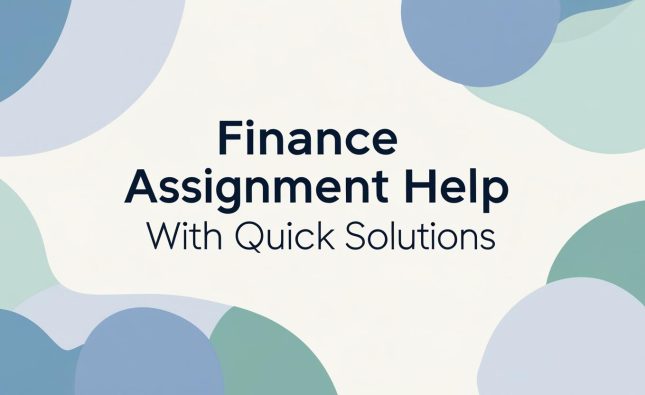
The Shift to In-Office Work: Goldman’s Approach
Goldman Sachs has taken a firm stance by increasing its push for a five-day work week within the office environment. This move marks a notable shift in the company’s work culture and signals broader changes in how corporations are adapting to post-pandemic work dynamics.

Pros and Cons of a Five-Day Work Week
Implementing a five-day work week in the office comes with its share of advantages and disadvantages. On one hand, it can enhance collaboration, team cohesion, and real-time decision-making. However, it might also lead to longer commutes, reduced work-life balance, and potential burnout. Striking the right balance is crucial.
Navigating Employee Preferences and Flexibility
Goldman’s push has sparked conversations about employee preferences and the role of workplace flexibility. Many workers have grown accustomed to remote or hybrid work models, valuing the flexibility they provide. Companies must now weigh the benefits of in-person interactions against the desire for continued flexibility to attract and retain top talent.
The Ongoing Remote Work Debate: Future Predictions
As the debate surrounding remote work’s future rages on, predictions abound. Some experts believe that remote work will remain a staple, enabled by advancements in technology. Others assert that a return to in-office work is inevitable to maintain organizational culture and innovation. Goldman’s stance could set a precedent for how other companies approach this issue.
As society evolves, so does the nature of work. Goldman Sachs’ determination to enforce a five-day work week in the office mirrors a broader dialogue about the future of workspaces. By understanding the pros and cons, acknowledging employee preferences, and considering the trajectory of remote work, businesses can make informed decisions that align with their goals and values.
Whether the future is anchored in the traditional office model, embraces remote flexibility, or strikes a balance between the two, the approach taken will undoubtedly shape the landscape of work for years to come.










